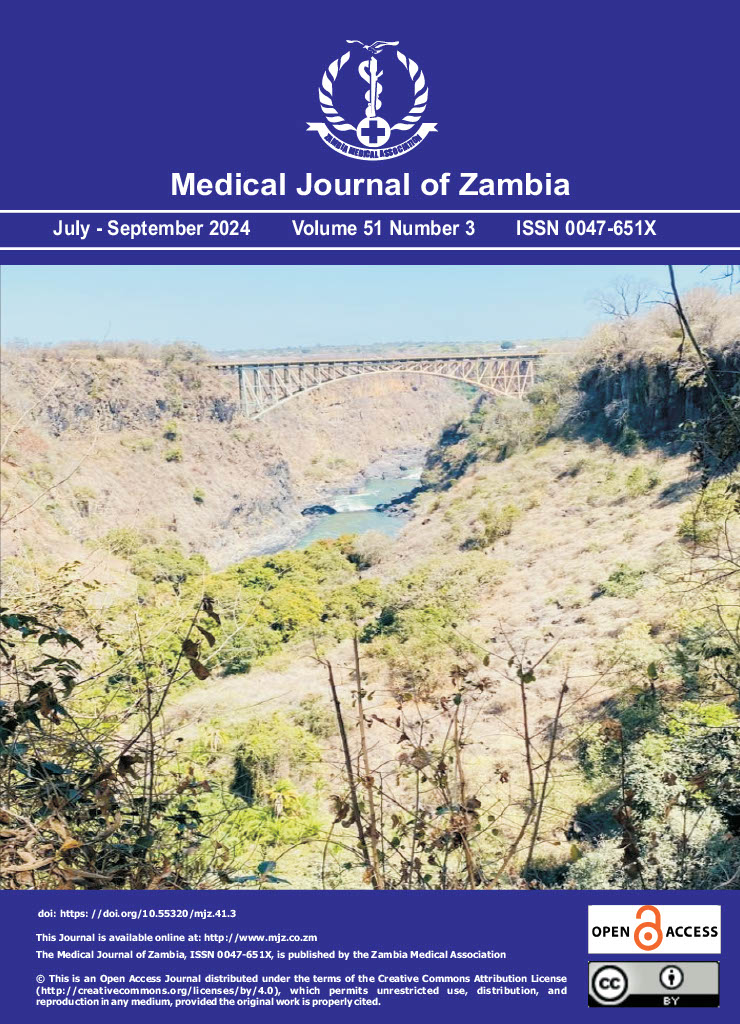Bone-Alkaline Phosphatase is a Potential Biomarker for Monitoring Femur Fracture Healing
DOI:
https://doi.org/10.55320/mjz.51.3.547Keywords:
Alkaline Phosphatase, Biomarker, Bone, Femur Fracture, Osteoblasts, Skeletal Traction, X-Rays.Abstract
Background: Clinical management of fractures is often compounded by use of subjective methods that include radiological imaging using X-rays. Identifying a method that accurately monitors the process of fracture healing may help reduce complications associated with delayed healing. The pattern of expression of bone-Alkaline Phosphatase reflects the biosynthetic activity of bone-forming cells.
Aim: To analyze the relationship between Alkaline Phosphatase serum levels and outcome of fracture healing in patients with femur fractures.
Methods: We examined the serum levels of Alkaline Phosphatase in 32 patients on skeletal traction in the first, third-, and sixth-week post-femur fracture using spectrophotometric and calorimetric quantitative methods. The outcome of femur fracture healing was assessed using radiological imaging at first- and eighth-week post-fracture.
Results: In the healing-group, serum Alkaline Phosphatase levels rose significantly (p < 0.05) from 76.5 IU/L to 540 IU/L at three weeks and then gradually decreased to 380 IU/L in the sixth week. In the non-healing group, there was no significant (p > 0.05) increase in Alkaline Phosphatase levels from the first (99 IU/L), third (180 IU/L), and sixth (276 IU/L) week. A significant increase in serum Alkaline Phosphatase levels in the third week corresponded to normal femur fracture healing. Conversely, an insignificant rise in serum Alkaline Phosphatase levels in the third week corresponded to non-healing of the femur fracture.
Conclusion: Our results show that there is a direct relationship between serum Alkaline Phosphatase levels and femur fracture healing and render bone-Alkaline Phosphatase as a potential biomarker for monitoring fracture healing.
Downloads
Published
Issue
Section
License
Copyright (c) 2024 Medical Journal of Zambia

This work is licensed under a Creative Commons Attribution-NonCommercial 4.0 International License.









